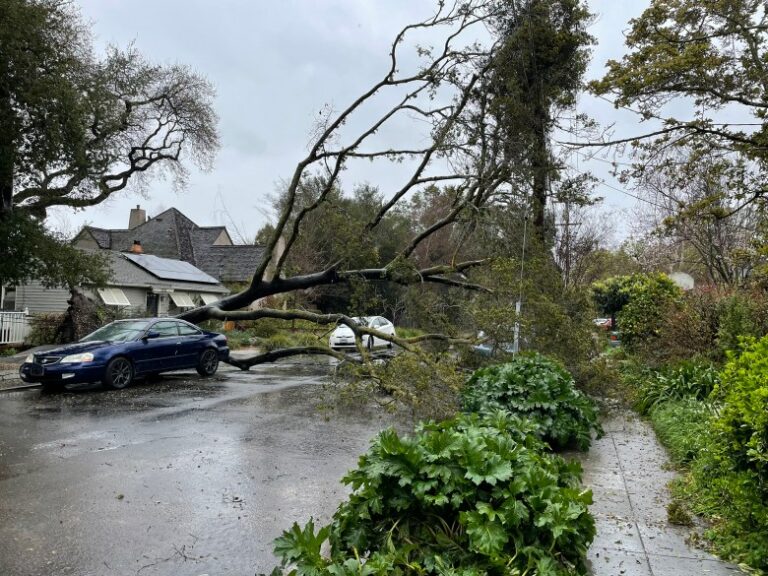Tree Care and Homeowners Insurance: What You Need to Know
Many homeowners are unaware that their insurance policies may require them to maintain their trees properly to keep their coverage valid. Unkempt trees can pose significant risks to homes and neighboring properties during storms and wildfires. To ensure compliance with safety requirements, property owners should check with their insurance agencies and familiarize themselves with local and state ordinances.

Recent changes in municipal requirements, particularly in high-risk wildfire areas like Woodside and Portola Valley, emphasize maintaining adequate defensible space around properties. This buffer zone between homes and surrounding wildland areas is crucial for preventing wildfire spread.
Tree Removal and Insurance Coverage
Many homeowners and renters insurance policies cover tree removal if the tree falls due to high winds, hail, or other storms and damages the home or structures like garages or fences. However, if a tree falls without causing damage, the removal is often not covered.
- Tree removal is usually covered if the tree damages your home or structures.
- Policies often don’t cover tree removal if there’s no damage.
- Preventive tree removal before a storm may be an out-of-pocket expense.
The national average for winter wind claims is around $7,000, according to the Insurance Information Institute. Filing a claim can lead to an average insurance rate increase of 9%. Being proactive with regular tree inspections and maintenance can help prevent costly damage.
Proactive Tree Care Tips
- Schedule regular tree inspections to identify potential risks.
- Prune trees appropriately to maintain their health and safety.
- Address any issues before they become major problems.
For pruning, you’ll need the right tools:
- Pruning Shears: Best for thin twigs (½ inch diameter). Bypass shears are ideal for live branches.
- Loppers: Suitable for medium-sized branches (up to 2 inches thick).
- Pole Pruner: Extends up to 15 feet, ideal for reaching higher branches. Look for one with both bypass blade and pruning saw.
Safety First
Some tree care tasks should be left to professionals:
- Do not prune branches near power lines.
- Avoid using ladders for high branches.
- If a branch is too thick for your tools, hire a certified arborist.
Signs of an Unhealthy Tree
Watch for these indicators that a tree may need removal:
- Injured branches after a storm
- Splits or cracks in the trunk
- Leaning trees
- Premature leaf color change or drop
- Wilting or yellowing leaves on new trees
- Spotted or brown leaves after rainy seasons
Regular tree care is not just about maintaining your property’s aesthetic appeal; it’s a critical aspect of home safety and insurance compliance. By staying informed and proactive, homeowners can protect their properties and avoid potential insurance issues.


